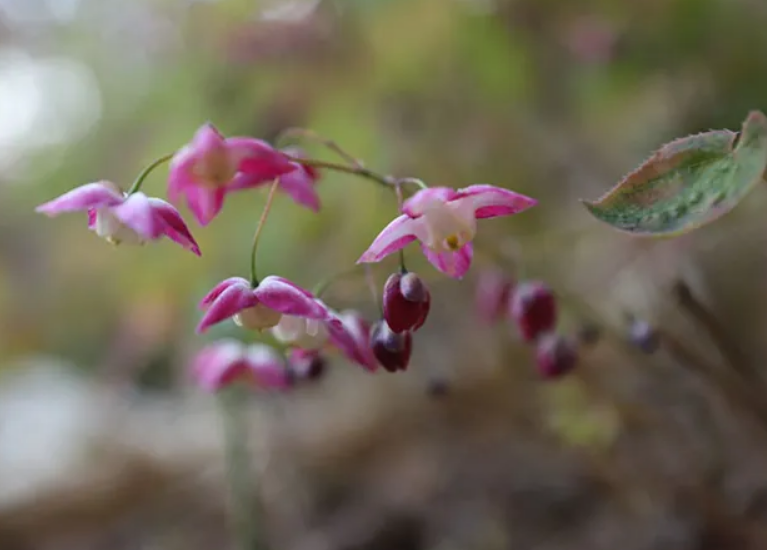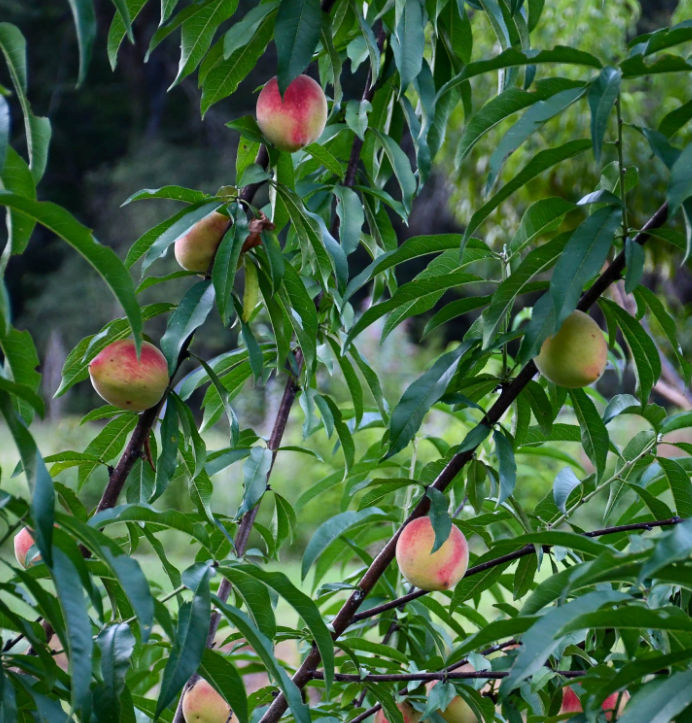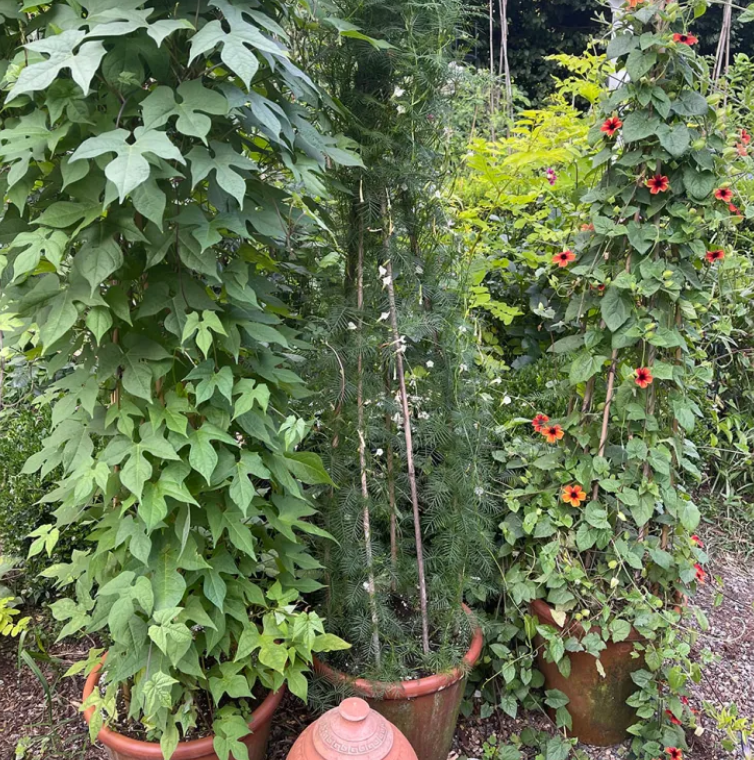New gardeners like to complain about the weather. New Englanders like to complain about the weather, too, but this year, it really has been a perfect spring, at least in New England, and at least for plants. What is a “perfect spring”? A long, slow and gradual thaw with few extreme swings. I might add a little drought, although our rainfall was about 3 inches above average. With all this, native plants are slowly but steadily emerging and imported plants are opening up.

Last month I was touring the Denver Botanic Gardens. It was going to be a spring full of sudden snowstorms, freezes, and bitter cold that would turn the magnolias to mush and even bend the tulips and hyacinths. Here? Primrose varieties are emerging as if they grew in the Himalayas or the French Alps. Asian garden perennials such as lilies of the valley, lilies of the valley, and even dogwoods are growing out of the ground and blooming later than normal, but beautifully and slowly. As it should be.
We’re all natives now. Our native bloodroot grass, bloodroot grass is often overlooked for its prettier, more ornate dual form, but this one – once again – comes from a wild variety I collected while in college at the University of Massachusetts. Of course, as an 18-year-old in the late 1980s, digging from the wild wasn’t frowned upon. In fact, our professors encouraged it. At least I still had the colony.
Epimedium. My friend brought this one from western China, but I include it because in today’s gardens we often incorporate wildflowers from similar climates elsewhere in the world. But through careful propagation of seeds rather than plants, as with our diverse populations, our gardens can be and often are diverse.



